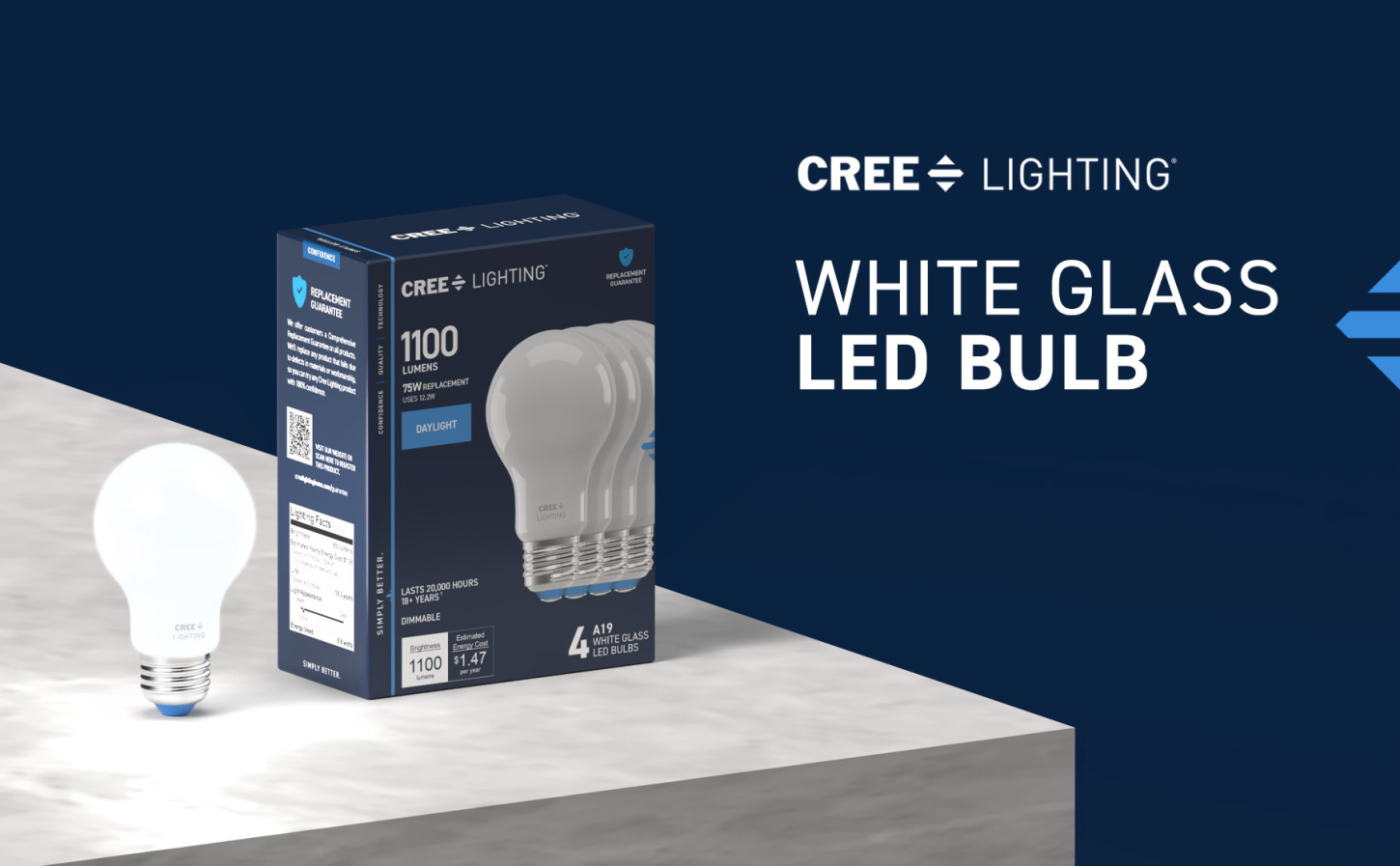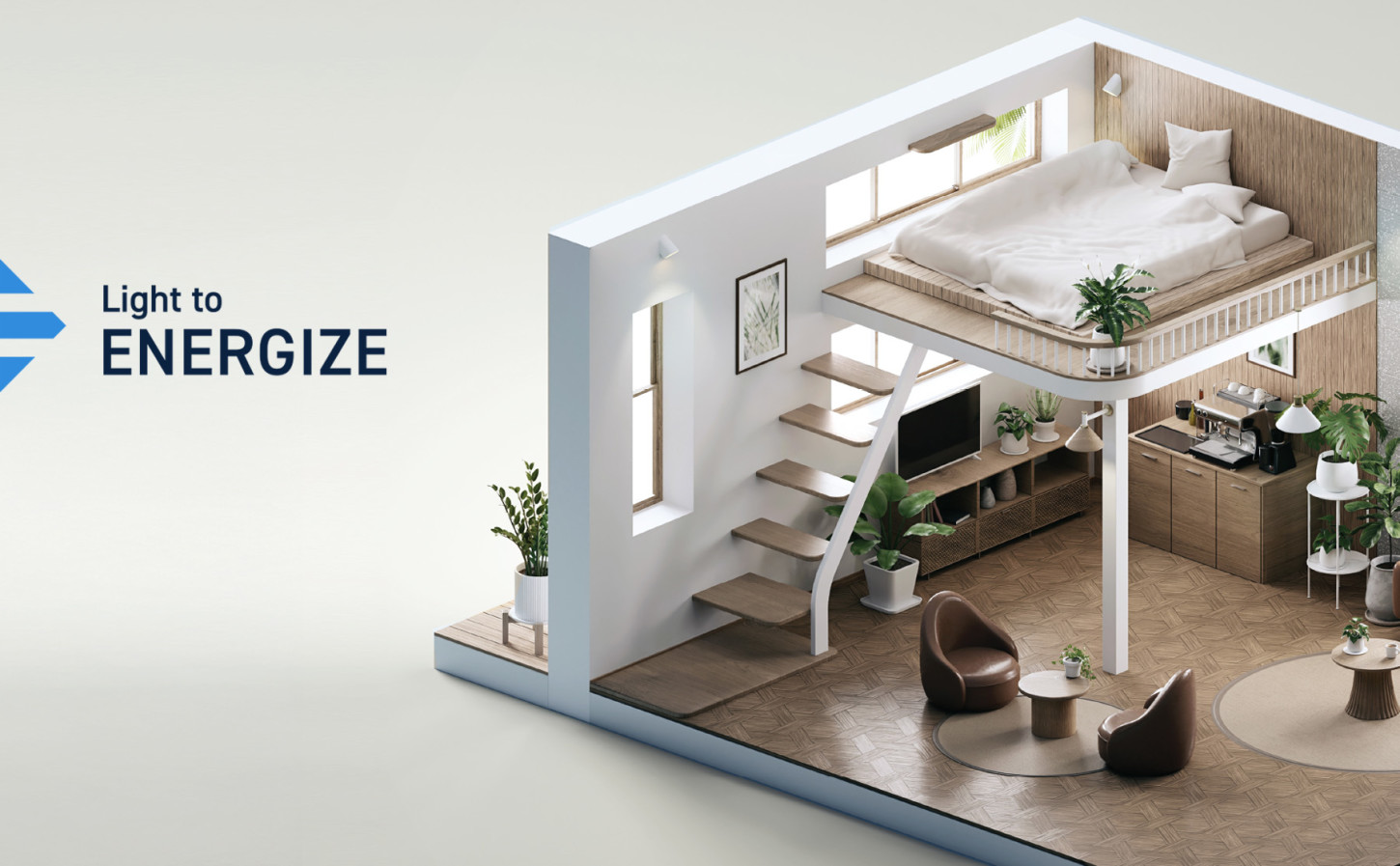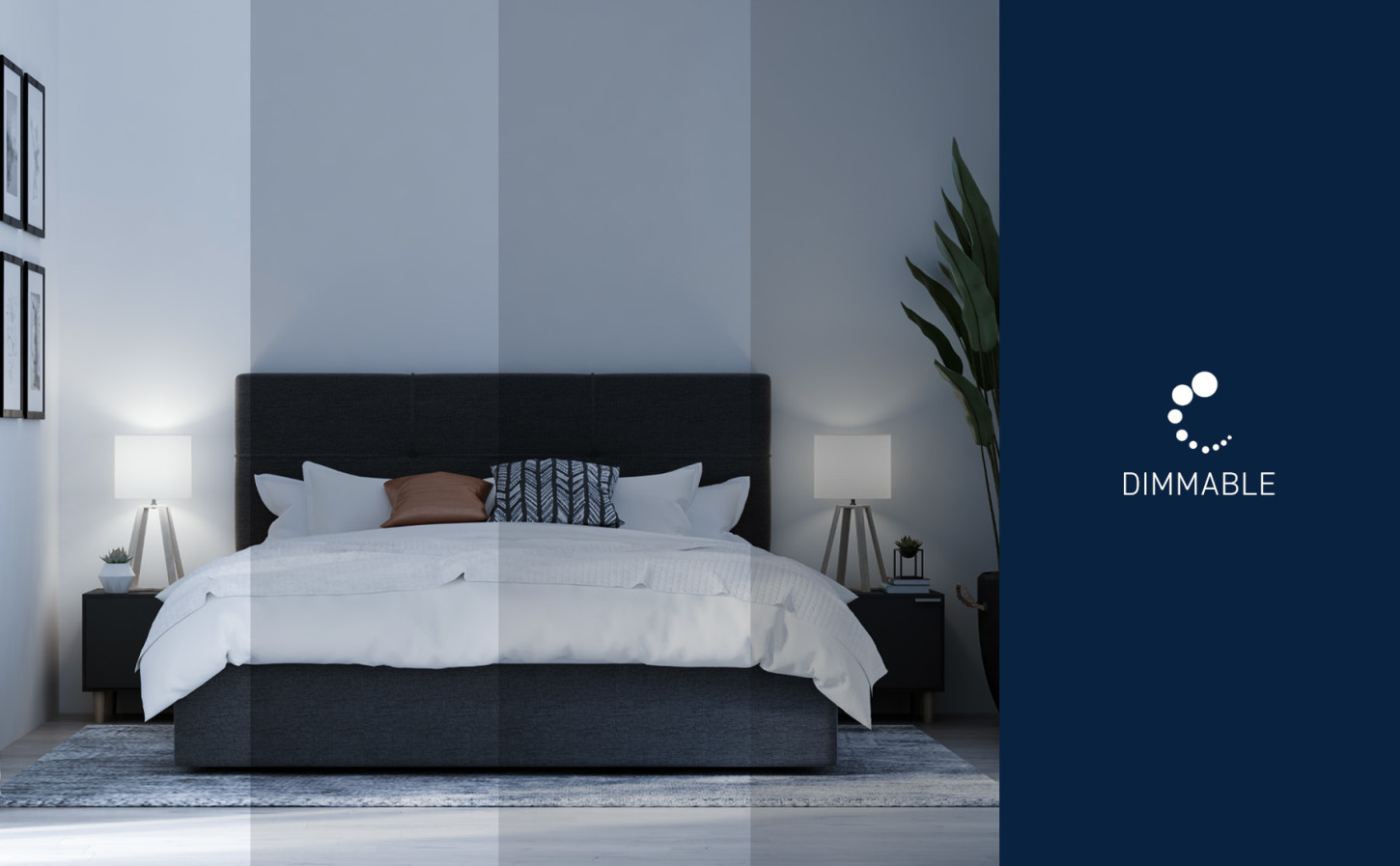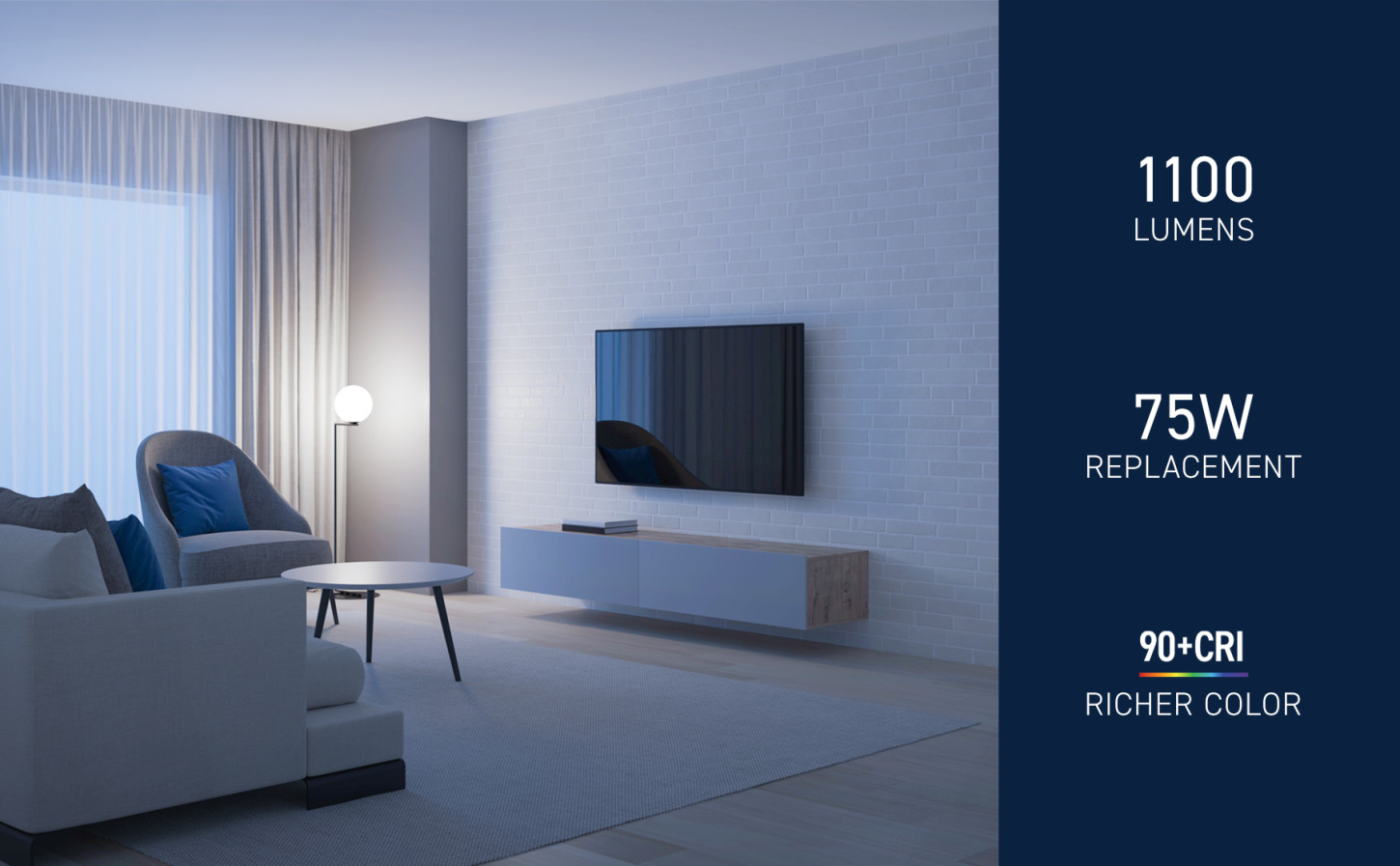







Better Light, Less Power
LEDs (Light Emitting Diodes) are dramatically more energy-efficient than old-school incandescent bulbs. They use a fraction of the power to produce the same—or even better—brightness.
Here’s how wattage stacks up:
| Brightness (Lumens) |
LED Wattage |
Incandescent Wattage |
|---|---|---|
| 450 lm | ~5–8W | 40W |
| 800 lm | ~8–12W | 60W |
| 1100 lm | ~10–15W | 75W |
| 1600 lm | ~14–20W | 100W |
As you can see, LEDs use up to 80% less energy to deliver the same brightness. That’s not just good for your power bill—it’s better for the planet.
Energy Use

Wattage in LED lights refers to the amount of electrical power the light uses, but unlike traditional incandescent bulbs, wattage is not a direct indicator of brightness. LEDs are far more energy-efficient, meaning they use significantly fewer watts to produce the same amount of light. For example, a 10-watt LED bulb can produce the same brightness as a 60-watt incandescent bulb. This efficiency not only reduces electricity bills but also lowers heat output and extends bulb lifespan. When choosing LEDs, it's better to focus on lumens (a measure of brightness) rather than just watts, as this gives a more accurate idea of how much light you'll get.
Brightness

In the past, we chose bulbs based on wattage: a 60W incandescent bulb, for example, was a standard go-to for general lighting. But wattage doesn’t tell you how bright the bulb is—just how much energy it uses. That’s where lumens come in.
Lumens vs Watts: What's the Difference?
· Lumens measure brightness —how much light a bulb emits.
· Watts measure energy consumption —how much power a bulb uses.
Color Redering Index

Color Rendering Index (CRI) is a measurement of how accurately a light source displays the colors of objects compared to how they would appear under natural sunlight.
A high CRI of 90+ indicates that a light source accurately renders colors, making them appear as close to their natural appearance under daylight as possible.
Temperature
In the past, bulbs were chosen mainly by wattage. Today, CCT—Correlated Color Temperature provides a clear way to specify light.
Color Temperature (CCT): The Standard
· Measured in Kelvins (K): Defines the hue of light.
· 2700K–3000K: Warm white, like incandescent lamps, common in homes.
· 3500K–4100K: Neutral white, typical in offices and retail.
· 5000K–6500K: Daylight white, close to noon sunlight, used in workshops and color-critical areas.
Choosing the right CCT ensures consistent, purpose-driven lighting.
Highlights
Brightness
1100lm
Energy Use
12.2W
Incandescent Replacement
75W
Color Rendering Index
90+
Product Details
Upgrade your lighting game with our Daylight LED Bulb, designed to deliver bright, energizing efficiency with every Lumen. Emitting a crisp daylight (5000K), this bulb creates an environment for focus and energy ideal in kitchens, offices, and anywhere you need to see the fine details. With a remarkable 90+ Color Rendering Index (CRI), colors appear more vivid and true-to-life, enhancing the beauty of your home’s décor and making everything look its best. Built to last with an impressive 20,000-hour lifespan, this energy-efficient LED saves you money and time, reducing replacements and energy costs compared to traditional 75W incandescent bulbs. Featuring a medium E26 base, it’s compatible with most fixtures, making upgrades effortless. Its dimmable design lets you set the mood with a flick of your wall switch. Illuminate your world with a bulb that combines comfort, clarity, and reliability in one brilliant package.
Benefits
- Boost visibility and stay on task with the vibrant clarity of Daylight Light (5000K)
- Efficient 12.2W LED Bulb is ideal for replacing 75W incandescent bulbs
- 1100 Lumens of brightness and 90+ CRI makes colors vivid and true-to-life, refreshing your décor
- Energy-efficient LED technology uses less electricity than traditional incandescent bulbs
- With a 20,000-hour lifespan, this bulb lets you forget about replacements for years
- Adjust the light to match your mood with smooth, flicker-free dimming
- Most commonly used in E26 fixtures




















